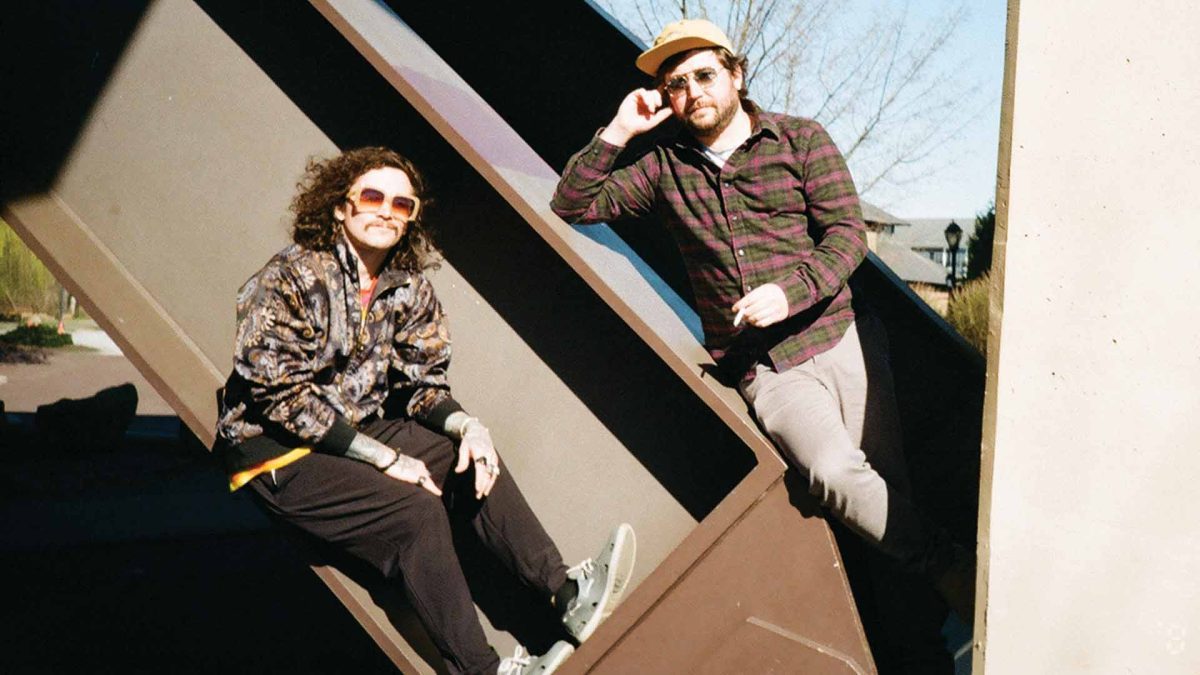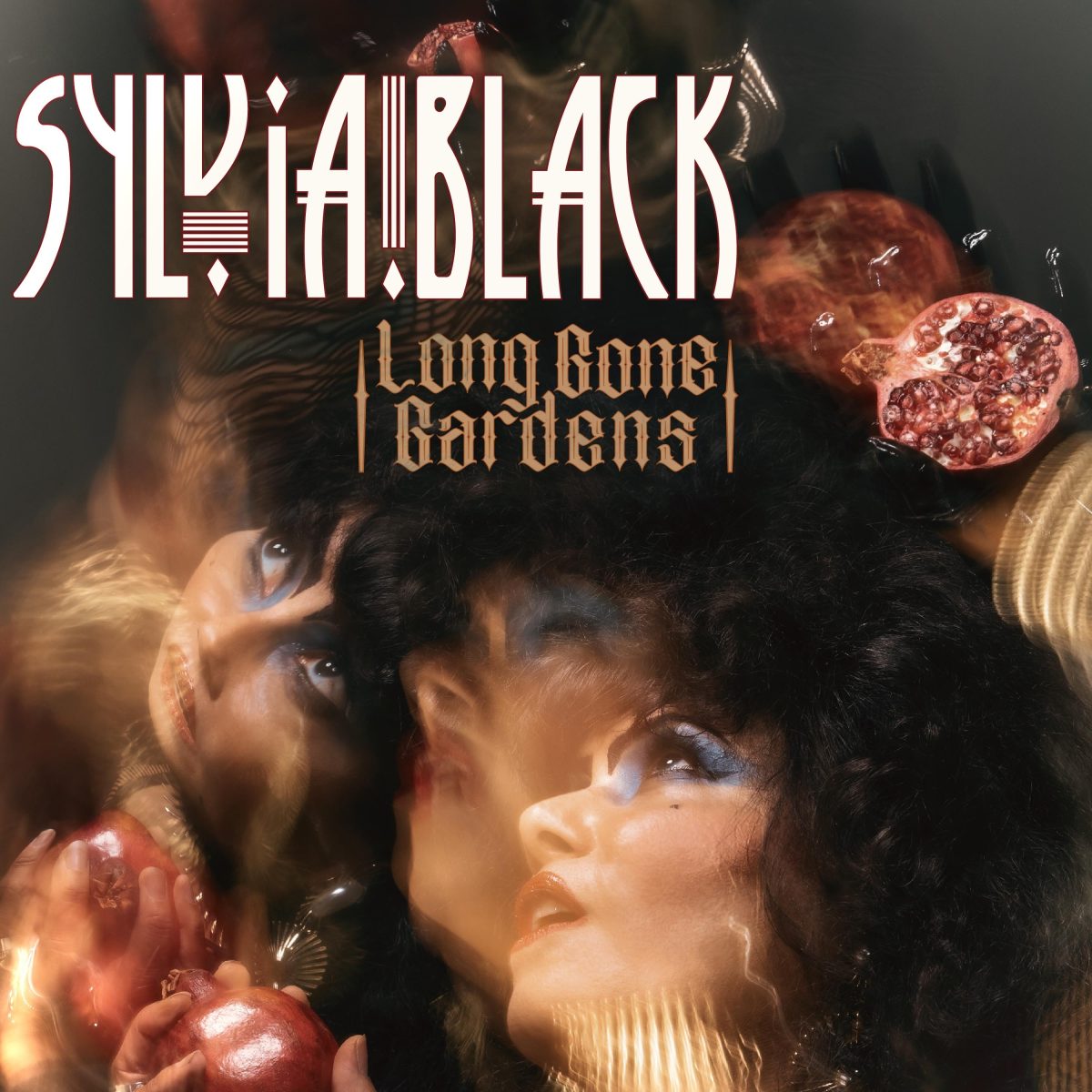by Meaghan Paulosky
Not many people would consider South Dakota to be an unrelenting hotbed of rock ‘n’ roll prestige. With a total population less than that of some U.S. cities, South Dakota’s modest urban life and sprawling prairies repeatedly escape lists of up-and-coming music scenes. It might take some time before the good people of South Dakota get some recognition, but what they are realizing before the rest of us is that the Midwest is a pretty sneaky place to live.
Haley Bonar is one such native of Rapid City, South Dakota who, at a young age, realized the benefit of living between Seattle and Minneapolis. As she explains, she was “able to see a lot of underground garage and metal rock bands when they traveled between Minneapolis and Seattle while on tour.”
And surrounded by a family teeming with artistic expression, it was hard for Bonar to resist joining the music industry, too. “My mother is a mixed media artist and was a theater major, and my three sisters are into painting, dance, and theater. So my father, the physical therapist, is the odd man out,” she shares. As she was seeing and hearing bands that inspired her, Bonar’s family encouraged her to be just like them. But encouraging words can be cheap.
Unless, of course, you’re Haley Bonar and your parents buy the first 1000 copies of your first record. While many of us got painfully colored dorm room accessories for high school graduation, Bonar was outfitted with her very own album to bring to college. She says, “in high school, I recorded in my parents’ friend’s barn studio. He was in a bluegrass band in South Dakota and had a studio where his band could record.”
With copies of herself in tow, Bonar headed off to college. An otherwise normal student, she split her time studying with time on-stage at open mic nights. For many aspiring musicians, that’s about as good as it gets. The dream of being discovered at a coffee shop in a wave of serendipity doesn’t come true.
Again, that’s unless you’re Haley Bonar and Alan Sparhawk of Low happens to hear you. “Alan saw me at an open mic night when I was 19 and before I knew it I dropped out of school and moved to Duluth [MN] to focus on music full-time.” In a single night, he fell victim to her sweet and happily tranquilizing voice, quickly offering her a spot opening for Low.
Most parents would find this to be cause of alarm, but Bonar’s had a different reaction. “My dad encouraged me to move because he saw how I was struggling with what I was ‘supposed to do.’ He told me that school would always be there for me to go back, but this opportunity wouldn’t.”
With her father’s blessing, she’s since released full-length studio albums, a number of EPs, and managed to have a child, always with the goal of “experimenting, developing, and chiseling away at [her] sound.” Bonar explains that growing through music is just a natural progression caused by life. “There are periods of time [when] I am happy when I’m writing, and other times I have to refill the tank – but I’m working all of the time, I’m a sponge.” Spoken like a true product of artists and America’s most beautiful natural landscapes.
Her latest album, Last War, drops today, May 20th and features a self-described “country, but songwriter, but also sort-of 80’s” feel. Oh, and just a few casual vocal appearances by Bon Iver’s Justin Vernon. Despite a strong arsenal to boast, Last War is decidedly Bonar’s best.
It captures a borderline sultry voice that seems to have evolved with experience, while still leaving room for the soft and ethereal voice she’s known for. On songs like “No Sensitive Man” and “Kill the Fun,” it’s particularly hard to miss her favorable transition from previous albums’ singer-songwriter to Last War’s rock-pop-singer-but-still songwriter.
Though she typically tours around Minnesota, her next round of shows to promote Last War will take Bonar through the Midwest and up to Boston, before heading back to Duluth.
If a trip to Duluth isn’t possible, be sure to find Last War on iTunes, Amazon, haleybonar.com or even as a vinyl purchase. An artistic soul through-and-through, Bonar made sure even the album artwork by Josh Quigley fit the theme. “With the sky so blue and the beautiful green trees, the whole scene asks ‘Will they rebuild or will the grass eventually grow over the remains?’ It’s the cycle of life, death, and rebirth – just as with a Last War.”
—







